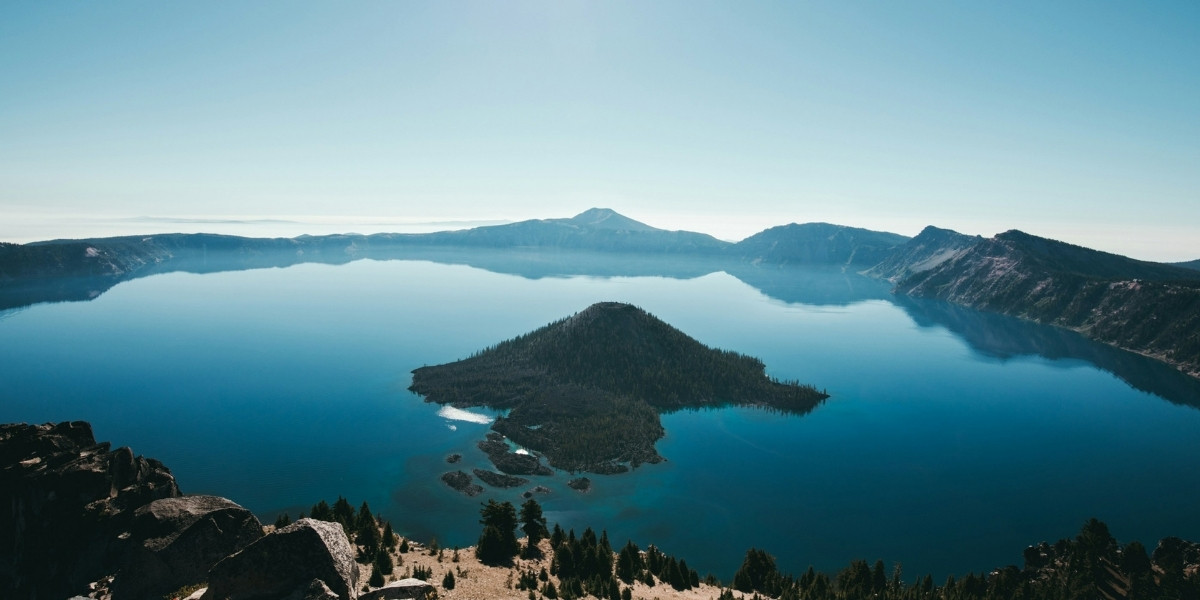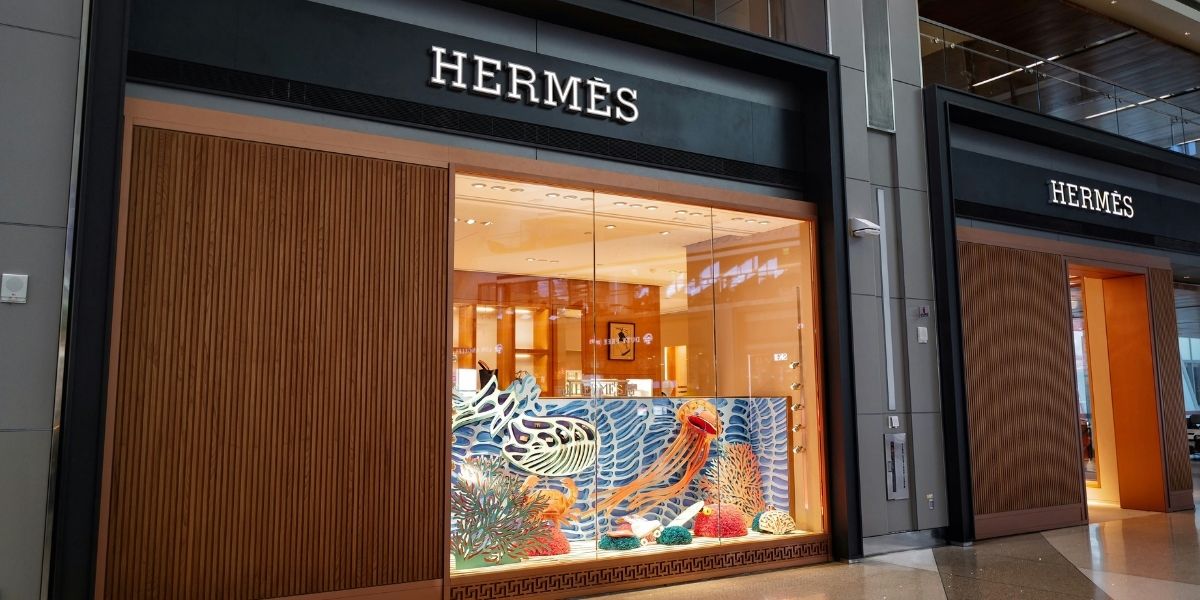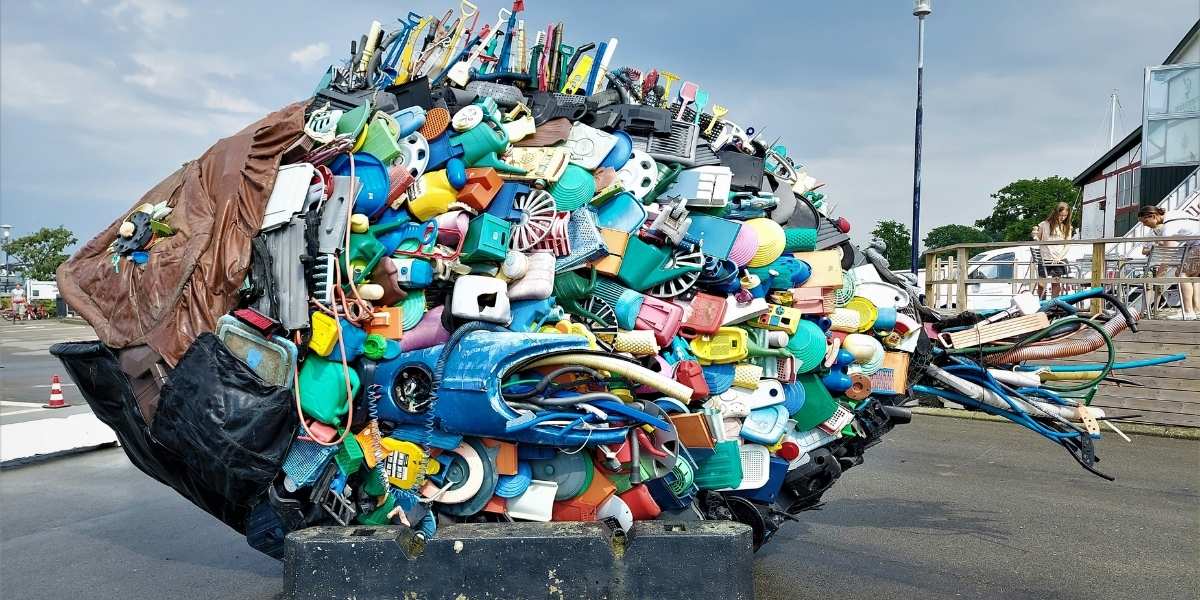The Role of Music in Contemporary Visual Installations
In the world of contemporary art, visual installations have always been a medium of profound expression, engaging audiences through striking visuals and immersive designs. However, a growing trend is reshaping this artistic domain: the integration of music. Far beyond being a backdrop, music is now playing an active role in transforming visual installations into multi-sensory experiences. This dynamic collaboration between sound and visuals is captivating audiences in ways that traditional installations often cannot.
Read Also: The Crucial Role of Resilience in New Business Ventures
What makes music such a powerful addition to visual art, and how is it redefining contemporary installations? Exploring the interplay between these two mediums reveals a profound synergy that enriches the way we experience art today.
How Does Music Elevate Visual Installations?
Music has a unique ability to evoke emotions and set the tone of an experience. When paired with visual installations, it creates a cohesive atmosphere that draws audiences deeper into the artwork. Soundscapes, whether ambient or rhythmic, guide how viewers interpret the visuals around them.
For example, in immersive exhibitions such as those inspired by Van Gogh’s works, carefully curated music enhances the experience by bringing paintings to life. The melodies align with the sweeping brushstrokes, creating a sense of movement that static visuals alone cannot achieve. This synchronization taps into emotions, helping audiences form a stronger connection with the art.
Music also plays a role in creating narrative depth. In many installations, the visuals tell a story, and music serves as the narrative thread that ties the elements together. By using crescendos, shifts in tempo, or harmonious contrasts, artists can manipulate the pace of an installation, directing how viewers move through the space and experience the progression of the piece.
Why Is Music Vital for Immersive Experiences?
Immersive installations thrive on their ability to transport audiences into another world, and music is a key component of that journey. Sound has the ability to transform physical spaces, making them feel larger, more intimate, or entirely otherworldly. For example, in installations featuring projection mapping or digital art, soundtracks enhance the illusion of being inside a dynamic, living artwork.
Interactive installations often use sound as a direct response to audience actions. In some exhibits, stepping into specific zones triggers certain tones or melodies, making the visitor an active participant in the experience. This fusion of music and interaction creates a sense of personalization, blurring the lines between artist, audience, and artwork.
Another important factor is how music influences time perception. In large-scale installations, a carefully designed audio component can make time feel slower or faster, encouraging visitors to linger and explore. This is especially important in today’s fast-paced world, where holding an audience’s attention can be challenging. Music acts as an anchor, keeping viewers engaged and fully present in the moment.
How Are Artists Redefining Boundaries with Music and Visuals?
Artists today are experimenting with new technologies to create installations where music and visuals work in tandem like never before. Innovations in sound design, such as 3D audio and spatial soundscapes, are becoming tools for artists to immerse audiences completely. Unlike traditional stereo sound, these technologies allow sound to move in space, creating an environment where the audience can feel surrounded by both visuals and music.
For instance, in some exhibitions, the music evolves dynamically based on audience movement. Artists use sensors to track visitor behavior, and the sound changes accordingly. This creates a personalized soundtrack for each visitor, making their experience unique.
Collaboration is another driving force behind this evolution. Many visual artists now work closely with composers, sound designers, and even AI-generated music platforms to develop soundscapes that perfectly complement their installations. This interdisciplinary approach has led to groundbreaking works that challenge traditional ideas of what art can be.
One notable example is the work of artist Olafur Eliasson, whose installations often use light, color, and sound to create deeply immersive environments. In one of his exhibits, soft ambient music played alongside flickering lights and reflective surfaces, creating a meditative space that engaged all the senses. Such collaborations highlight how the fusion of music and visuals is not just an addition but a transformation of the artistic process.
Why Is the Music-Visual Collaboration Important Today?
The rise of multi-sensory art reflects a broader cultural shift toward more engaging and interactive experiences. In a digital age where visuals dominate much of our media consumption, the integration of music offers a way to restore depth and human connection to art. Music adds layers of interpretation, allowing installations to resonate with a wider audience and fostering emotional engagement.
For institutions and galleries, this trend also offers practical benefits. Multi-sensory exhibits tend to draw larger crowds, as they appeal to a diverse range of people, including those who may not typically engage with visual art. By offering an accessible and memorable experience, installations with music are redefining how art spaces connect with their communities.
Read Also: Solo Travel: A Journey of Independence and Self-Discovery
The collaboration between music and visuals also mirrors the larger trend of breaking down boundaries across disciplines. Art today is no longer confined to static mediums—it is fluid, dynamic, and deeply collaborative. Music, with its timeless ability to inspire and move, is proving to be an essential partner in this creative evolution.








